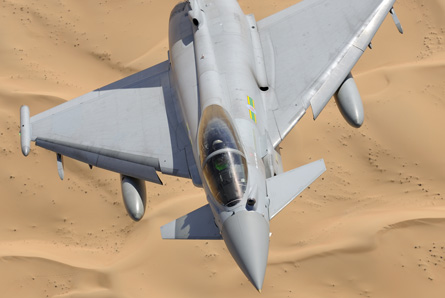The Royal Air Force is likely to reduce the number of aircraft types that it operates as a direct result of the UK's ongoing Strategic Defence and Security Review (SDSR), its senior officer says.
"This is a time about real thinking, and of understanding our priorities," says , chief of the air staff. "Resource constraints mean that we simply won't be able to do everything."
Outlining his vision for the service, Dalton says that its combat intelligence, surveillance, target acquisition and reconnaissance (Combat-ISTAR) mission should remain a "core competency and an invaluable capability for future operations".
However, he says debate is needed in other areas, such as the level to which the UK should task-share with its allies, rather than pursue role specialisation, and on its future balance between manned and unmanned aircraft.
The potential benefits of using more space-based assets, possibly to be launched on demand, should also be considered, he told Shephard's RAF Air Power conference in London on 18 June.
But with the SDSR process to place greater pressure on the UK's defence budget, Dalton says savings must be made. "We need to rationalise the fleets of aeroplanes that we operate. We can't afford to have three or four types that do broadly the same thing."
As an example, "it makes sense to move towards a position where we're operating just two major types in our piloted Combat-ISTAR, such as [the Eurofighter] Typhoon and [Lockheed Martin's F-35] JSF."
 |
|---|
© Eurofighter |
Similar type reductions are also needed in the transport aircraft and support helicopter inventories, he says, adding: "The SDSR solutions may be quite radical, but we must make the best of what we've got."
The RAF expects to operate its BAE Systems Harrier GR9s and Panavia Tornado GR4s until around 2018 and 2025, respectively, but the quick reaction alert duties of its remaining Tornado F3s will have been assumed by the Typhoon by early 2011.
To address the UK's military capabilities over the next 10 to 15 years, the outcome of the SDSR process is likely to be known around September, and a new defence White Paper should emerge the following month.
"We will have to cut our cloth accordingly, but we won't compromise on quality," Dalton says. "I am determined that we will have real capability, and not a veneer."
Source: Flight International























